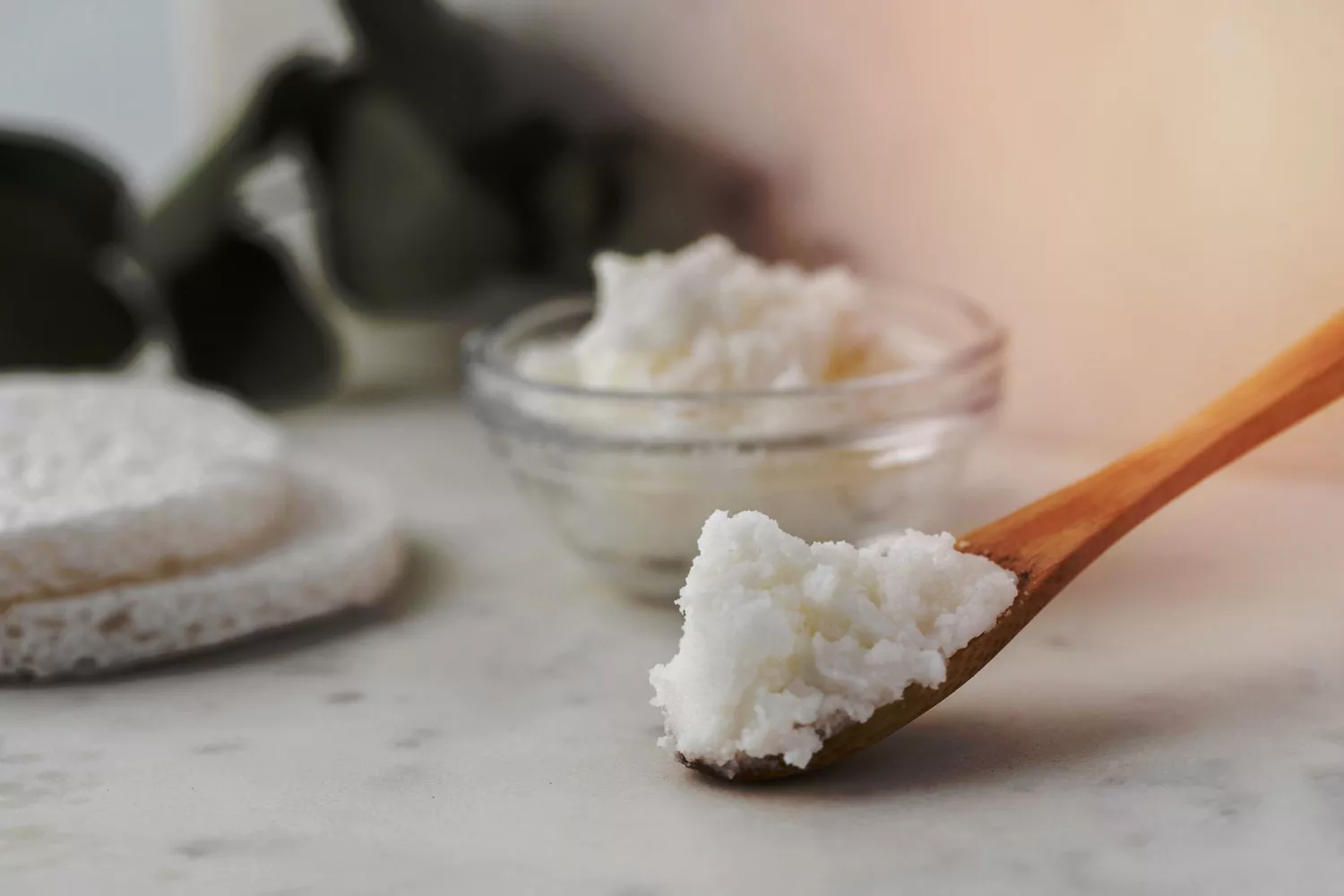Beauty enthusiasts are raving about shea butter for skin and hair. Although the popular component has actually just recently been appearing in the formulas of the majority of creams, hair shampoos, and other moisturizing beauty products, it’s really been used in East and West Africa for centuries.1 Harvested from the nuts of karité trees, the emollient is essentially a hydrating hero– but that’s not all. “Shea butter includes a high quantity of fatty acids and vitamins,” says Dr. Shuting Hu, cosmetic chemist and creator of Acaderma. “It is a fantastic component for the skin and hair.”
Keep scrolling to find out everything about shea butter for skin and hair.
What Is Pure Shea Butter?
Shea butter is a fat stemmed from the shea kernel of the African shea tree. Pure shea butter is ivory in color and is unrefined and raw, significance, it is without chemicals and preservatives.2.

What Are the Skincare and Haircare Benefits of Pure Shea Butter?
If your skin or hair is feeling or looking dull and parched, shea butter is a simple way to bring whatever back to life. “As an emollient, shea butter locks in moisture to your skin and prevents transepidermal water loss,” states Dr. Hu. “Additionally, the oils in shea butter easily melt into the skin and work as an amazing moisturizer.”.
The chemist adds that it is likewise handy to treat swelling, promote cellular regrowth, soothe inflammation and dryness, along with secure against totally free radicals, among other benefits.
Which Hair and Skin Types Should Use Pure Shea Butter?
While shea butter is an incredible component to use to fight dryness for skin and hair, it might be a bit heavy for those with fine, straight hairs. People with thick, coily hair can actually benefit from utilizing the ingredient to seal in wetness.
When it pertains to skin care, nearly everybody can benefit from using shea butter, primarily in the fall and winter season. There are some who may discover the active ingredient particularly handy.
” People with dry skin would benefit the most from using shea butter, as it not just replenishes wetness to the skin but seals it in, keeping the skin hydrated for longer time periods,” explains Dr. Hu. “Anyone who fights with eczema, swelling, or cracked skin can utilize shea butter to relieve irritation, which tends to flare up throughout the fall and winter.”.
What’s the Difference Between Yellow and White Shea Butter?
” The main difference in between yellow and white shea butter is that white shea butter is processed and yellow is not,” states Dr. Hu. “Yellow shea butter is basically raw, so does not go through any filtration to remove pollutants. White shea butter is processed to eliminate pollutants and is much smoother in texture. You might also see a strong smell from yellow shea butter whereas white shea butter is odorless.”.
Nevertheless, even within the processed shea butter realm, there are variations. Unrefined shea butter will still have an off-white tint, whereas the heavily refined range will be purely white.
” When it comes to skincare, I would advise using unrefined or raw shea butter,” Dr. Hu suggests. “The ingredient in this kind has a greater vitamin material so your skin will benefit more from the raw or unrefined variation. When shea butter is heavily improved, a lot of the recovery residential or commercial properties of the component are eliminated and will be lost in the purification procedure.”.
Is Shea Butter Most Effective on Its Own Or When Blended With Other Ingredients?
Whether it’s blended with something else, shea butter is an effective moisturizer by itself. But when it comes to how to use it, that truly simply depends on your choice for texture.
” On its own, shea butter has a very thick, hard-to-use texture,” says Dr. Hu. “I would recommend using a moisturizer or cream that has shea butter in it so that it is simpler to spread out on the skin.” Nevertheless, if you’re somebody who has been using shea butter in its purest kind since the beginning of time, there’s no need to change things up.